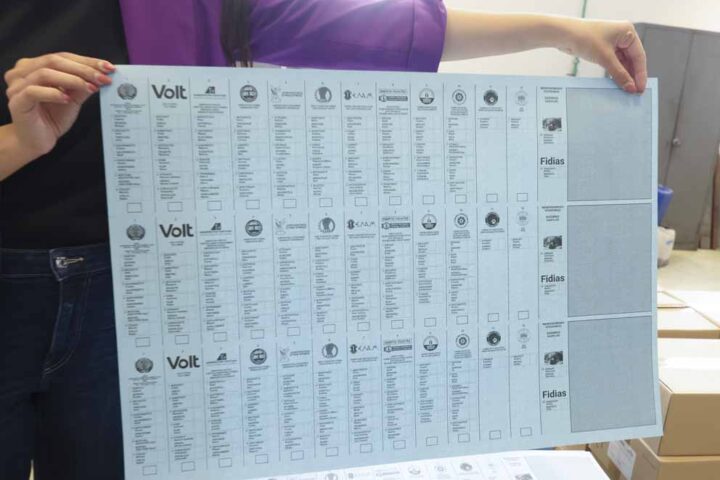Manufacturing activity in the euro zone declined at its slowest pace in six months and grew in China and India in April, raising hopes that the sharpest slump in six decades may have bottomed out.
The latest rays of hope were clouded, however, by a warning on Monday from the European Commission that growth rates in the European economy will only turn modestly positive in the second half of 2010.
"The European economy is in the midst of its deepest and most widespread recession in the post-war era," Economic and Monetary Affairs Commissioner Joaquin Almunia said after the Commission revised down its forecasts.
"But the ambitious measures taken by governments and central banks in these exceptional circumstances are expected to put a floor under the fall in economic activity this year and enable a recovery next year," Almunia said in a statement.
The message was underlined by the Cologne-based IW economic think tank, which said German companies see the economy bottoming out this year but do not expect it to register growth until 2010.
In a similar vein, European Central Bank Governing Council member Axel Weber said the German economy is not expected to return to growth before the second half of 2010.
The China and India PMI data helped push Asian stocks to seven-month highs, also supported by U.S. data on Friday that showed a rise in consumer confidence and suggested manufacturing conditions were gradually improving.
European shares were up 0.8 percent.
HIGHER OPENING
U.S. stock index futures pointed to Wall Street opening higher as fears over swine flu eased and investors hoped banks will be able to raise any capital they may need as a result of findings in the government "stress" tests.
The Financial Times reported Bank of America was planning to raise more than $10 billion even as it and Citigroup attempt to convince the government they do not need to bolster their balance sheets.
Elsewhere a reshaping of Europe's car industry moved a step closer as Fiat CEO Sergio Marchionne sought official German support for a plan to swallow General Motors' European operations.
A series of global PMI surveys — which record changes in items such as output, orders, employment, inventories and prices — suggested the world economy may be through the worst.
Markit's Final Eurozone Manufacturing Purchasing Managers' Index of around 3,000 companies rose to 36.8 in April, its highest level since last October, from 33.9 in March. It was, though, the 11th consecutive month below the 50 mark which divides growth from contraction.
"It is still clearly recessionary but it can be said quite safely that the worst is behind us both in terms of industrial decline and of GDP," said Marco Valli at Unicredit.
Earlier, Hong Kong-based brokerage CLSA said its China Purchasing Managers' Index (PMI) rose to 50.1 in April from 44.8 in March, the first time since July 2008 the seasonally-adjusted index climbed above 50.
In India, the ABN AMRO Bank purchasing managers' index rose to 53.3 from March's 49.5, its highest in seven months.
And in Russia the VTB Capital Purchasing Managers' Index showed the manufacturing sector contracted at its slowest pace in six months.
STRESS TESTS
In the United States the government has been conducting unprecedented "stress tests" on 19 banks to determine if they have enough capital to withstand further shocks.
Citing people familiar with the situation, the Financial Times said Bank of America, Citigroup and at least two other lenders would on Monday attempt to convince the U.S. Treasury and Federal Reserve that the findings were too pessimistic.
Bank of America, which has already received $45 billion in government bailout funds, was found to need well in excess of $10 billion, the FT said. A government official said the results of the stress tests would be made public on Thursday.
Warren Buffett criticised the conduct of the tests on Sunday, telling a news conference they failed to properly assess the industry's health because they ignored differences in business models.







